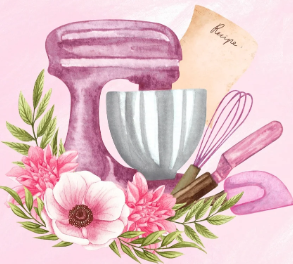Blood Drive
Towns and cities all around the world do blood drives, whether it is at a hospital, on a blood bus, or at a high school. Wayne Valley is holding their own blood drive for students and faculty but, in order to be able to donate blood, some requirements must be met. 38% of the national population is eligible to donate but less than 10% actually do. Many different organizations across the world try to get as many people as possible to donate blood. Below, you can find answers to some commonly asked questions.
To begin the process, you must be 16 or older and you must complete and hand in the proper form that is for your age group.Then you will receive a pass with the time you will be donating, which will be during your gym period. Students who donate should eat before giving blood. Once they arrive they will be asked to fill in a health questionnaire and a checkup to know if they are eligible to donate. Once approved, they will be set up in a bed to donate. Students are encouraged to help themselves to snacks and drinks provided by the organization. All donors are allowed to sign their name on a paper blood drop and put it on the bulletin board outside the gym.
The blood donated then goes through the Community Blood services. After the blood is checked and screened, it will go to different hospitals and help the people who need it. This blood drive is an annual event at Wayne Valley and this year Phys. Ed teachers Mrs.Fellner and Ms. Aspiazu ran it. They normally collect about 100 donations during each blood drive in previous years. They collect more in the spring than in the fall since many students have not turned 16 yet. You must be at least 16 to donate blood. Any 16 or 17 year old needs permission from their parents and must fill out 2 forms in order to donate blood. Although students who are 18 years old are not required to have a permission slip, they still must complete and turn in a form to donate. Drawing the blood takes about 10-15 minutes but with the questionnaire and pre-check up students can be there for more than one period.
People should donate blood because it is a great way to give back to the community. Robert Hatch from Community Blood Services came in before the blood drive to speak to the students about donating. He explained the importance of donating and even said in traumatic accident, a single patient can go through 30 or more units of blood. This proved to students that there is almost always a blood shortage and there is always a need for blood.




